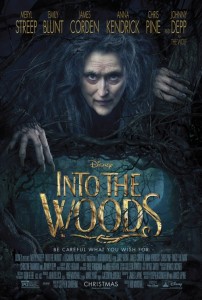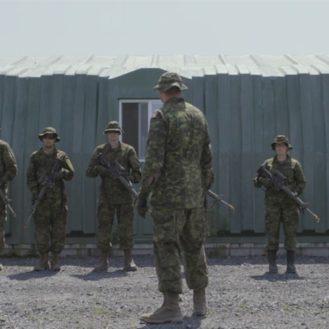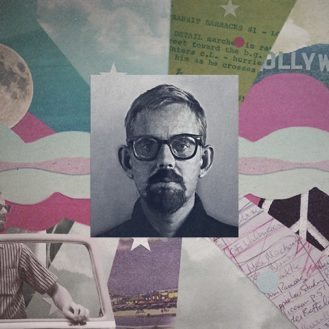Most of the complimentary things I can say about Rob Marshall’s Into the Woods stem from how inspired its original work is.
The broadway musical of the same name (written by James Lapine with music and lyrics by Stephen Sondheim) interweaves your favourite fairy tales into a story that sprawls over three magical nights. The story then continues with a pragmatic epilogue which results in a topsy-turvy conclusion. Lapine’s musical has a grand imagination. He and Sondheim playfully toy with storybook formulas and develop an anchoring reality to what drives the famous characters.
Rob Marshall seems like he would be up to the task to adapt such a creative work. His most recent musical Nine was hit-and-miss with audiences, but his big-screen adaptation of Chicago won the Oscar for Best Picture and has since been identified as a modern classic. The added beneficiary is his directorial work with Pirates of the Caribbean: On Stranger Tides, a big budget Disney production like Into the Woods. This is a filmmaker who is seemingly more than qualified.
The most surprising element to Marshall’s Into the Woods is how uninspired it is. He’s able to maintain his filmmaking fortitude with Lapine’s material, but the film reads as a generic production from beginning to end.
In 2012, movie goers saw Tom Hooper’s Les Misérables and could not stop barking about how distracting it was stylistically. I thought Les Misérables was a fantastic film – one of the best of that year – and I thought the look of the film was daring and memorable. The off-kilter, closed style is what separated the film adaptation from any stage rendition of Les Mis.
That was the kind of energy I was wanting Rob Marshall to show more of. He didn’t need to go to the extremes Tom Hooper displayed, but I wanted this film adaptation to convince me that it was its own product. Each actor has an incredible voice, the lovely costume and set designs act as surefire dark horses for upcoming award shows, and Lapine (who also penned the film’s screenplay) moves the film along accordingly. But, the audience leaves the theatre with identical reactions one would take away from a live version on stage.
I’ve been fortunate to catch Into the Woods at Stratford, Ontario’s highly acclaimed play festival, so I’m qualified to compare the two – the result is about the same. Obviously, one would get more of a personal connection from the stage version, but if you can’t make it to a live show, the film will do.
However, Marshall’s Into the Woods has an off-putting feeling to a few of the more scarier scenes. The fairy tales Into the Woods utilizes are the classic Grimm originals. Y’know, the ones where the Brothers weren’t afraid to be twisted. Since this is a Disney production, almost all of the warped affairs come off as light and peppy. Surely the Brothers Grimm wouldn’t agree with this tonal change, but Disney producers who like agreeable content in family features do. Those producers also like money.
Johnny Depp’s hungry Wolf has a duet with Little Red Riding Hood (played by a particularly loud Lilla Crawford) that should feel creepy. Marshall’s PG version wants to keep matters funny and quirky, which makes this duet uncomfortably icky. Luckily, the filmmaker figures out how to stick with a darker atmosphere, which helps the third act greatly.
Overall, Rob Marshall’s middling film adaptation of Into the Woods is lavish with splendid pieces, but underwhelms when trying to find its own uniqueness.





Be the first to comment